Dear EarthTalk: Is it true that spam email takes a huge toll on the environment?
—P.L., Bern, N.C.
If you are among the 92 percent of Americans who use email as a means of communication, you are a recipient of unsolicited batch emails called “spam.” Every day, upwards of 14.5 billion spam emails are sent globally. They may seem harmless on the surface, but the storage, sorting and transmission of unnecessary spam emails consume copious amounts of energy, contributing to greenhouse gas emissions.
Emails may seem to appear somewhat magically on a phone or laptop, but any kind of electronic request actually requires a physical touchpoint, called a data center, for the information to be transmitted. Data centers need enormous amounts of electricity to function. Everything, from the servers to the infrastructure to cool the extensive computer systems, is powered by electricity. In 2014, data centers in the United States consumed 70 billion kilowatt-hours of electricity which is equivalent to around two percent of all annual American electricity consumption (the amount of electricity that data centers consume today is likely far higher). Electricity is frequently generated from fossil fuels, and fossil fuels release greenhouse gasses into the atmosphere when burned. A high demand for electricity from data centers significantly contributes to the high volume of greenhouse gas emissions.
Therefore, every email sent and received has a carbon footprint. Mike Berners-Lee, a professor at Lancaster University, determined that each spam email has a carbon footprint of 0.3g of carbon dioxide. While a spam email’s carbon footprint is actually less than the average non-spam email’s carbon footprint, spam email accounts for the majority of all emails sent, according to some reports—and volume matters. One spam email has the same carbon footprint as driving just three feet in a car, but the total annual volume of spam has the same carbon footprint as driving around the world 1.6 million times.
Between the energy required to harvest addresses, store unread messages in data centers for long periods of time, filter spam and complete basic processing and transmission of messages, spam email is estimated to consume 22 billion kilowatt-hours annually. The same amount of energy could power 2.3 million homes in the United States. And assuming the electricity is coming from fossil fuel sources, 2.6 billion trees would have to be planted every year to offset the pollution.
Luckily, spam is unnecessary and there are steps you can take to limit its presence in your own inbox, and to make your inbox greener. Deleting emails, clearing your spam inbox regularly, and unsubscribing from unwanted subscriptions reduces the amount of data volume being transmitted between servers and stored, which reduces demand for electrical energy. You can also choose a cloud provider, like Gmail or Microsoft Outlook, that has pledged to make their data centers carbon neutral or more environmentally friendly.
EarthTalk® is produced by Roddy Scheer & Doug Moss for the 501(c)3 nonprofit EarthTalk. See more www.emagazine.com. Send questions to: question@earthtalk.org.



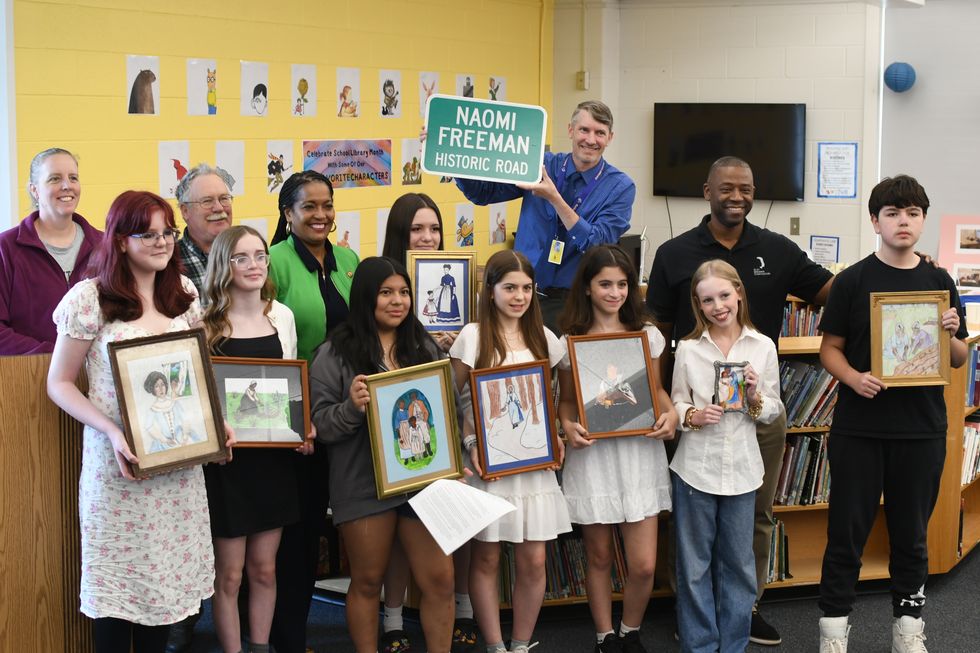 Cornwall Consolidated School seventh graders take part in a project honoring Naomi Freeman, Cornwall’s first Black female landowner,Lakeville Journal
Cornwall Consolidated School seventh graders take part in a project honoring Naomi Freeman, Cornwall’s first Black female landowner,Lakeville Journal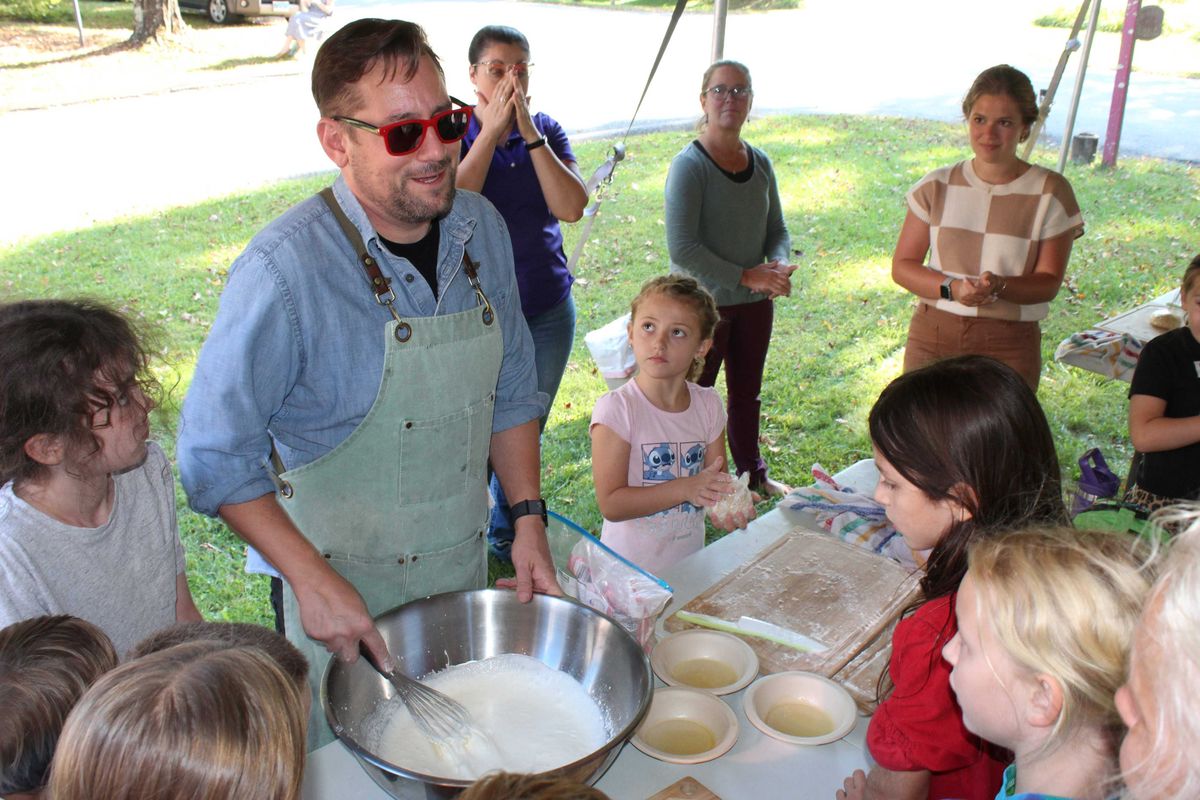
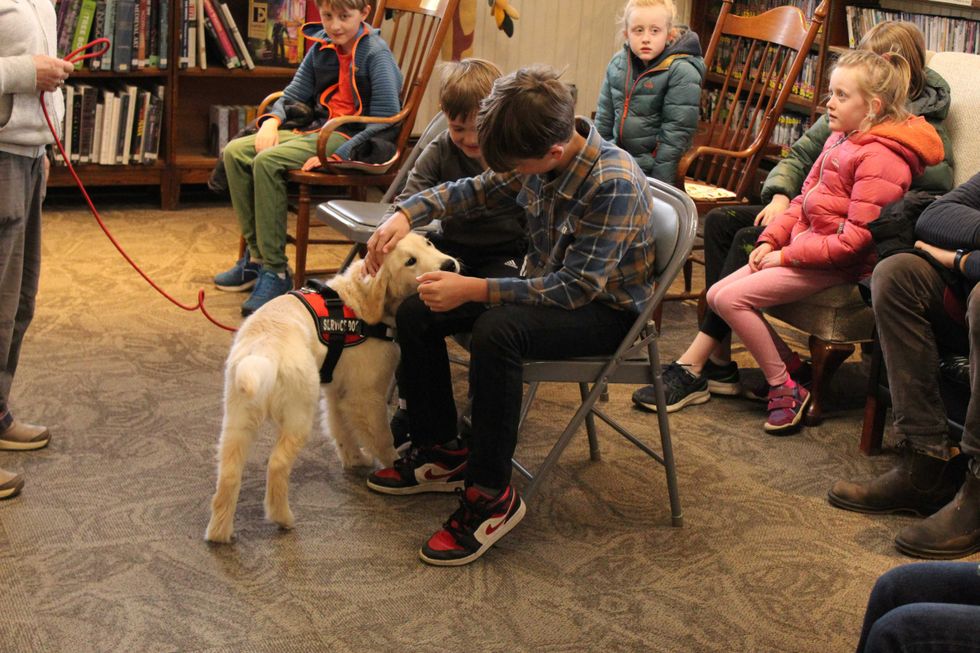 Titan, a four-month-old service dog in training, greeting the Sher brothers, Eli and Noah, at the Hunt Library Wednesday, April 16. By Patrick L. Sullivan
Titan, a four-month-old service dog in training, greeting the Sher brothers, Eli and Noah, at the Hunt Library Wednesday, April 16. By Patrick L. Sullivan A heavily modified 1951 Ford F1 pickup truck on display during the Car and Motorcycle Show in July. By Patrick L. Sullivan
A heavily modified 1951 Ford F1 pickup truck on display during the Car and Motorcycle Show in July. By Patrick L. Sullivan 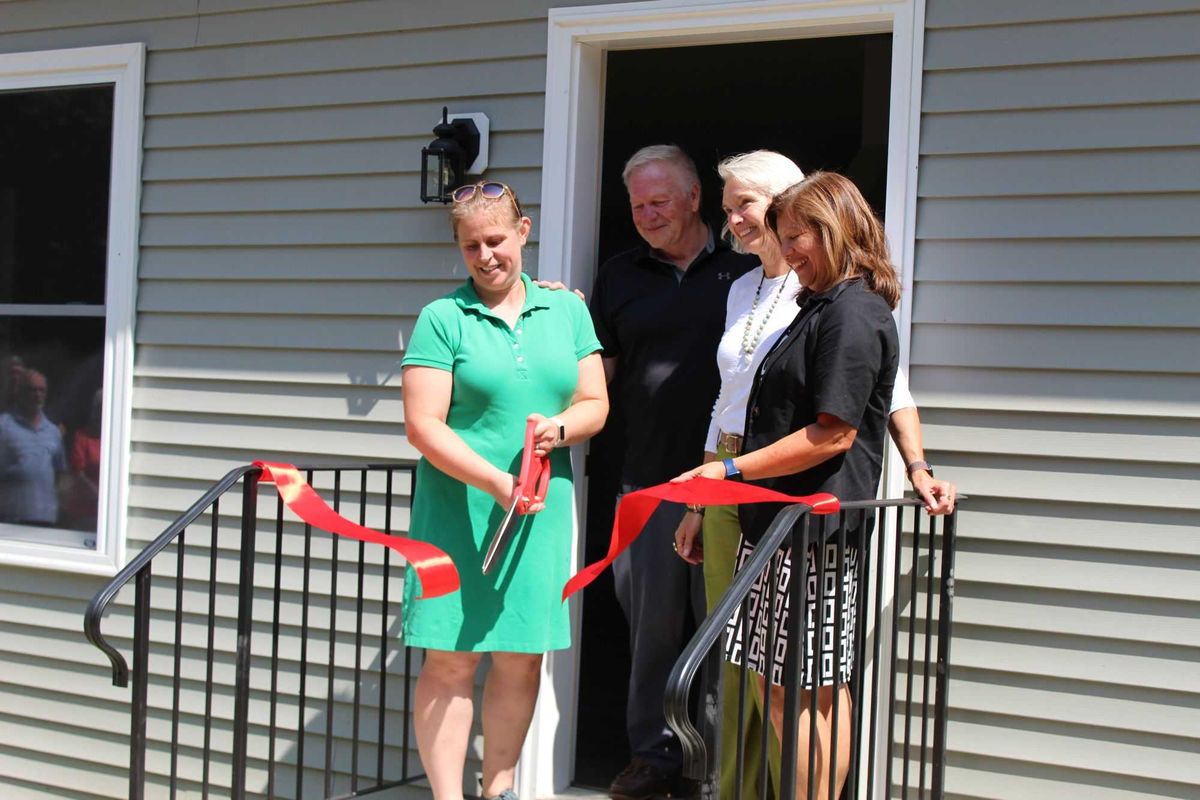
 The Rev. Heidi Truax retired after 16 years at the helm of Trinity Episcopal Church in Lime Rock.By Patrick L. Sullivan
The Rev. Heidi Truax retired after 16 years at the helm of Trinity Episcopal Church in Lime Rock.By Patrick L. Sullivan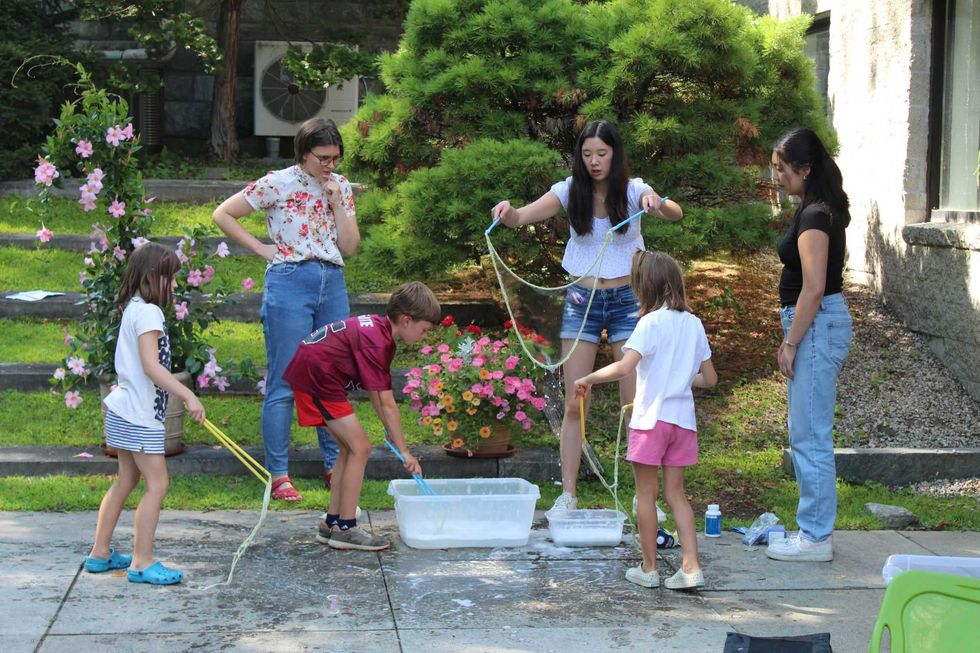 The summer reading program at the Scoville Memorial Library wrapped up Aug. 23 with an emphasis on bubbles. Lots of bubbles.By Patrick L. Sullivan
The summer reading program at the Scoville Memorial Library wrapped up Aug. 23 with an emphasis on bubbles. Lots of bubbles.By Patrick L. Sullivan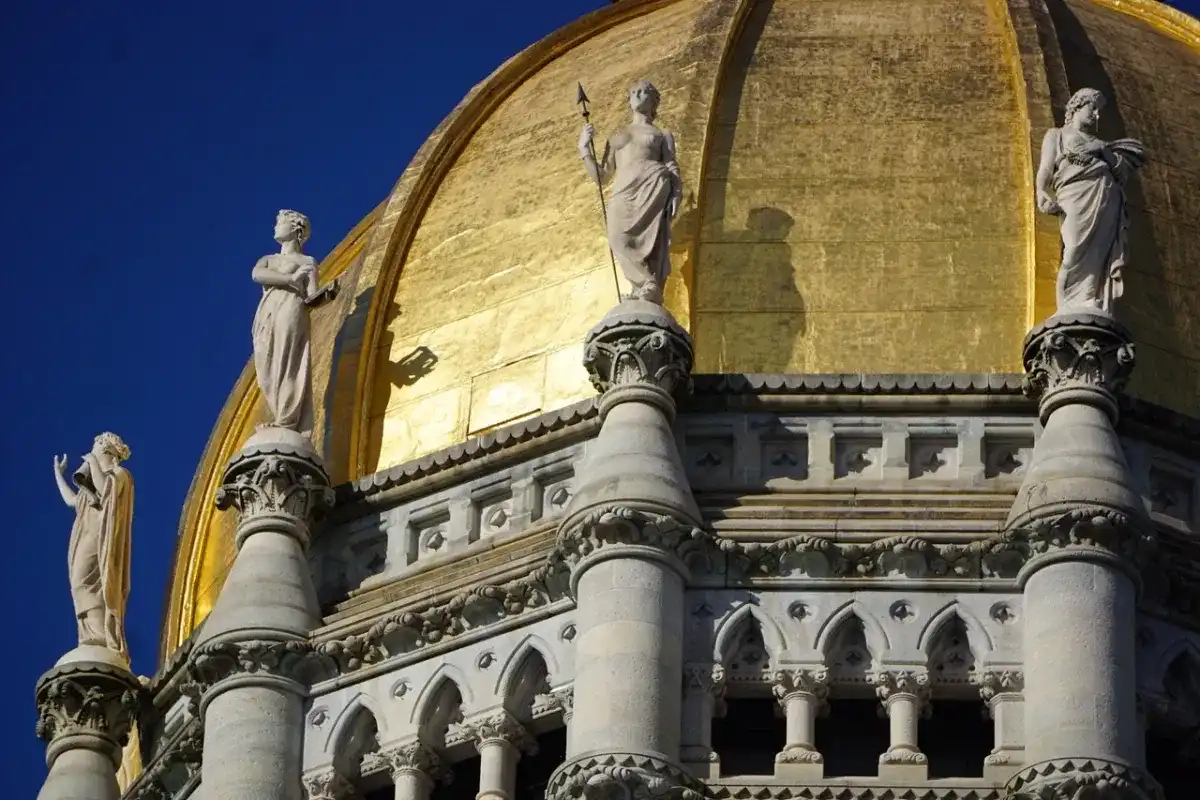






Spam email takes toll on the environment